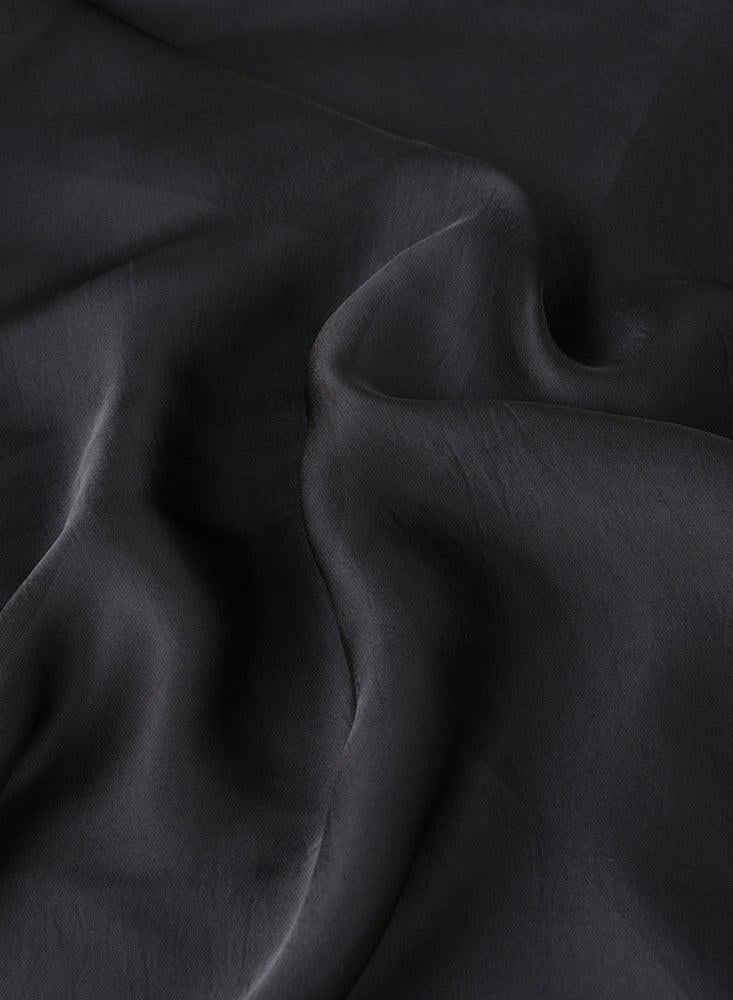Silk Fabric: Beauty and Luxury at the Top of Elegance
Silk is one of the finest and most noble fabrics, distinguished by its unique beauty and extreme softness. This fabric has a long and rich history, dating back thousands of years, and has won the admiration of many cultures and civilizations throughout the ages. In this article, we will discuss in detail the components of silk fabric, how it is produced, and its various uses, in addition to identifying some of the technical and industrial points that make it distinct from other fabrics.
Silk fabric components
Natural silk
Natural silk is produced from the silkworm, a worm belonging to the genus Serico serica. This worm lives in a special environment, and feeds on the leaves of the mulberry tree. When the worm is ready to reproduce, it begins to produce silk by sprouting threads from glands in its body. These threads wrap around it to form a mold called a cocone, which contains the eggs. After hatching, the worm emerges from the cocone, and the cocones are collected to extract the silk.
artificial silk
Artificial silk is produced from chemicals such as cellulose or polyester. Artificial silk has a lower production cost than natural silk, but it lacks some of the properties of natural silk such as softness and luster.
How to produce silk fabric
Natural silk production
- Collecting the cocoons : After the worms emerge from the cocoon, the cocoons are collected and carefully cleaned to remove any impurities.
- Silk Spinning : Silk is spun from the cocoons using special machines called spinners. This process is done with great precision and care to ensure the quality of the thread.
- Silk Weaving : After the silk is spun, it is woven to produce fabric. This process is done using the latest weaving techniques to ensure the quality of the final fabric.
Artificial silk production
- Yarn production : Yarns are produced from chemical materials such as cellulose or polyester using special machines.
- Yarn spinning : The yarns are spun using special machines to ensure their uniformity and strength.
- Fabric Weaving : The threads are woven to produce fabric using modern weaving machines.

